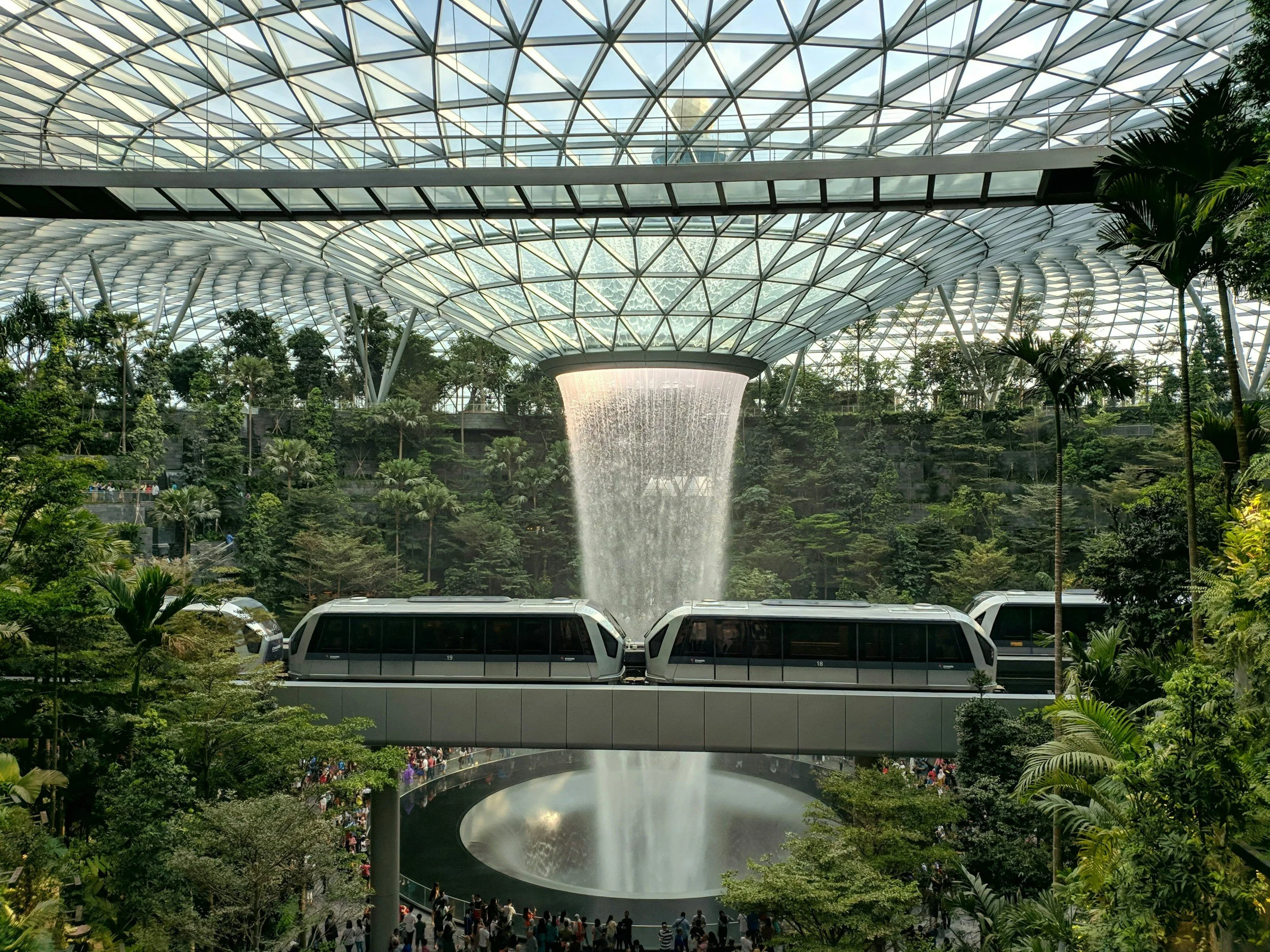
Blog
Ideas That Spread

And the Award for AI Word of the Year Goes To… Tapestry
Lately, I’ve noticed something odd in branding. Every company is weaving its story into a “tapestry.” Yes, tapestry. It’s as if AI decided this was the magic word to convey elegance, complexity, and sophistication. Suddenly, every mission statement is a “tapestry of values” or a “tapestry of innovation.” If AI had a Word of the Year, tapestry would win by a landslide.